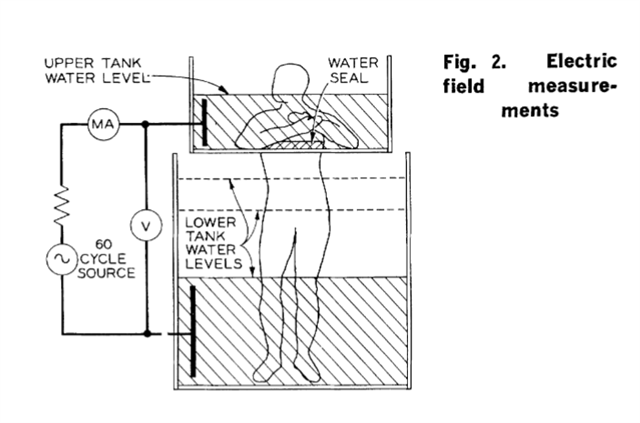First post as I'm hoping someone here might be able to give me a good technical theory (aware without more points of data a true explanation might not be possible) which explains the phenomenon I have experienced recently.
It started with me receiving what I immediately recognised as a small shock from the metal tap in my shower, a small sharp tingle. An important detail is that I could not feel this shock with my bare hand (even soaking wet) only by chance a tiny cut on the edge of my thumb had touched and there, without fail I could feel it. Upon stepping out of the shower the shock disappeared, back in, it returned.
To make sure I wasn't going crazy, I grabbed my multimeter and took a measurement from the waste water to the metal tap, 20V. My gut feeling was some sort of conductive path based on the waste pipework as the voltage dissipated as the water in the waste drained away with the tap off.
Next thing I did was obviously call a qualified electrician out who tested my installation and could not find anything wrong, a real head scratcher for him. At the end of troubleshooting day one, the working theory was that the water and biofilm in the pipework combined with the water at my feet were creating a path to the cast iron waste pipework much further down in the building, that might not be bonded to the building's main earth point as the waste pipes into each property (its a block of flats) are all plastic so no need to bond.
Purely by chance I did some more testing later myself, and noticed that the voltage jumped up before the water had even had a chance to run down the waste for any time at all really, it seemed to occur as soon as there was a decent pool of water in the tray, this is when a ridiculous idea popped into my head, and I thought the plastic shower tray could be acting as a giant dielectric‽
Anyway I plugged the shower and filled the shower tray, so now the waste was completely out of the equation and the water was much more consistently covering the whole base of the shower, we're up to 28v! I also took a resistance measurement of 290kilohm to give a current of just under 1mA. Tiny, and explains why I can only feel it precisely on the tiny point where my skin is broken and nowhere else.
As for the source of the voltage, as no faults were found I am at this point assuming it is all leakage current, I have a few PCs, all smart lights, so both the socket circuit and the lighting circuit had an influence on the measured voltage.
With that in mind, is what I am proposing: a capacitively coupled pool of water in the shower tray technically feasible as a mechanism to introduce a different potential into that scenario to the earth in my flat, bonded to the shower taps via pipework, that is carrying some leakage current?
I still need to investigate under the shower of course, perhaps some structural metalwork, or other cabling? OR a very damp floor with an unknown slow leak that is conductive enough to join to some other structural point that eventually joins true earth independently of my electrical installation.
Fascinated by figuring this out, but also very confused currently.
EDIT:
Got access to underneath the shower, there is metal studwork on 3 sides of the shower. The metal base bar of the studwork runs around the sides of the shower tray base. The left wall to earth reads 33v and the right wall 28v. There is no damp, cabling, screws poking through the floor into the shower tray that might have broken the surface.
Is it technically possible for current induced in the metal studwork from live cables, to be capacitively coupled to the thin sheet of water pooled in the tray, which then passed to the grounded shower tap via me?
